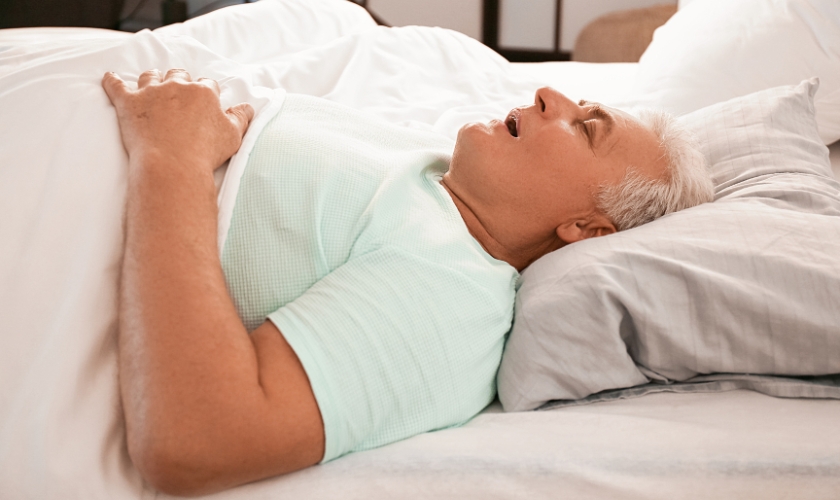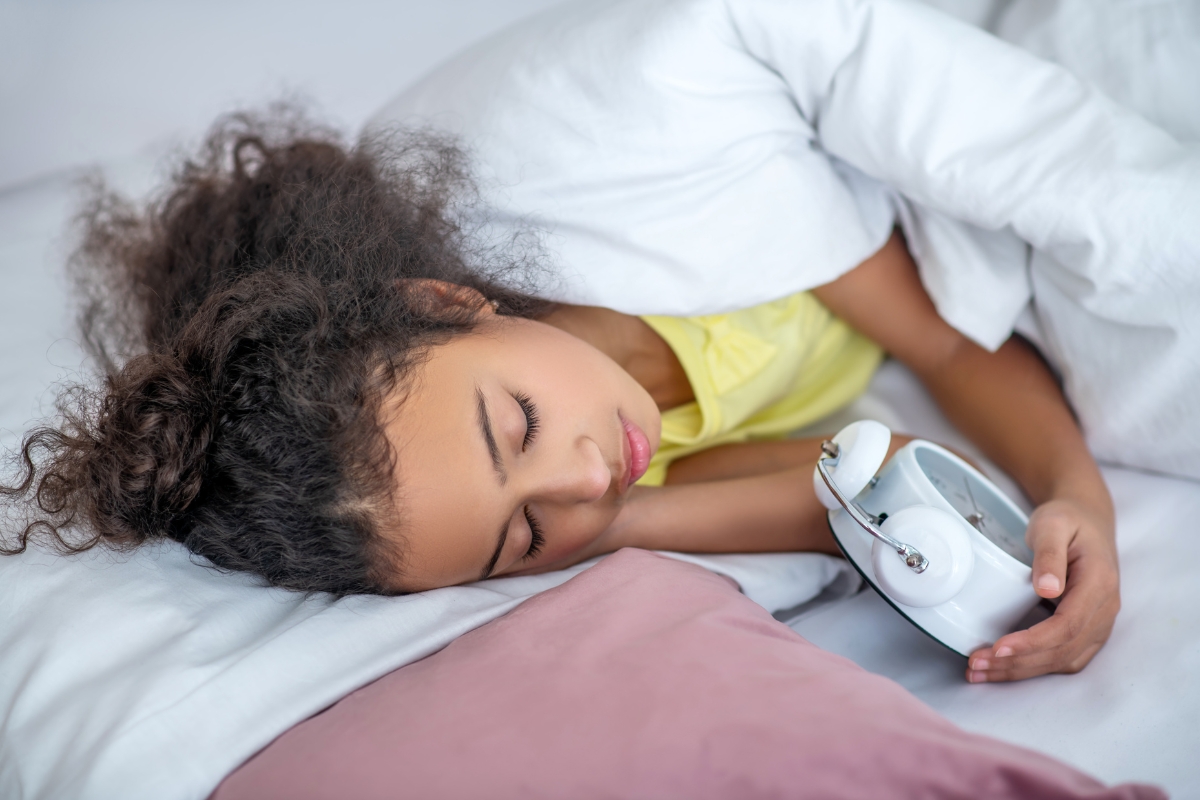The Different Types of Sleep Apnea: Obstructive, Central, and Complex

Sleep apnea is a prevalent sleep disorder that affects millions worldwide, characterized by interruptions in breathing during sleep. Understanding the different types of sleep apnea—Obstructive Sleep Apnea (OSA), Central Sleep Apnea (CSA), and Complex Sleep Apnea Syndrome (CompSAS)—is crucial for effective diagnosis and treatment. Let’s delve into each type to explore their causes, symptoms, and treatment options.
Understanding Sleep Apnea
During normal sleep, your breathing muscles automatically contract and relax, allowing air to flow into and out of your lungs. However, in sleep apnea, this process is disrupted, causing breathing to pause or become shallow. This results in decreased oxygen levels in the bloodstream, which triggers the brain to briefly wake you up to resume breathing. These frequent awakenings, often too brief to be consciously remembered, disrupt your sleep cycle and leave you feeling exhausted in the daytime.
The Three Main Types of Sleep Apnea
While all types of sleep apnea involve breathing interruptions during sleep, the underlying causes differ:
Obstructive Sleep Apnea (OSA)
Causes and Risk Factors
Obstructive Sleep Apnea (OSA) is the most common form, occurring when throat muscles relax excessively during sleep, leading to a blocked or narrowed airway. Risk factors include obesity, anatomical factors like a thick neck or narrowed airway, alcohol or sedative use, and smoking.
Symptoms
- Loud snoring
- Episodes of stopped breathing during sleep
- Gasping or choking sensations
- Morning headaches
- Daytime sleepiness
- Irritability
- Dry mouth or sore throat upon waking
Diagnosis and Treatment
OSA is diagnosed through a sleep study and treated with lifestyle changes (weight loss, quitting smoking), CPAP (Continuous Positive Airway Pressure) therapy, oral appliances, or surgery in severe cases.
Central Sleep Apnea (CSA)
Causes and Risk Factors
Central Sleep Apnea (CSA) is less common and results from the brain failing to send proper signals to the muscles that control breathing, rather than a physical blockage. Risk factors include heart disorders, stroke, high altitudes, and the use of opioids.
Symptoms
- Periods of breathlessness or stopped breathing during sleep
- Insomnia or difficulty staying asleep
- Frequent awakenings with shortness of breath
- Chronic fatigue
- Difficulty concentrating
Diagnosis and Treatment
CSA is diagnosed similarly to OSA and treated with CPAP or BiPAP (Bi-level Positive Airway Pressure) devices, Adaptive Servo-Ventilation (ASV), medications, or managing underlying health conditions.
Complex Sleep Apnea Syndrome (CompSAS)
Causes and Risk Factors
Complex Sleep Apnea Syndrome (CompSAS) is a combination of OSA and CSA, often emerging during CPAP treatment for OSA. The exact cause is not fully understood but may involve CPAP altering breathing patterns.
Symptoms
- Persistent apneas despite CPAP treatment
- Difficulty using CPAP due to discomfort
- Daytime sleepiness and fatigue
- Frequent awakenings with shortness of breath
Diagnosis and Treatment
Diagnosis involves monitoring CPAP treatment response. Treatment options include adjusting CPAP settings, switching to ASV therapy, and managing underlying conditions contributing to apneas.
Understanding the distinctions between Obstructive Sleep Apnea (OSA), Central Sleep Apnea (CSA), and Complex Sleep Apnea Syndrome (CompSAS) is essential for effective management and sleep apnea. If you suspect you have sleep apnea, seek medical evaluation promptly. Early diagnosis and intervention can significantly improve sleep quality, reduce health risks, and enhance overall well-being.
For personalized evaluation and sleep apnea treatment, consult with a dentist experienced in sleep disorders. Proper management can lead to healthier sleep patterns and improved quality of life.



